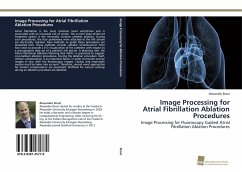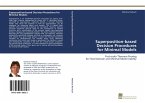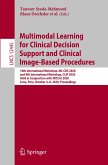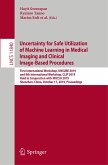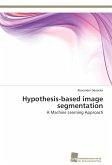Atrial fibrillation is the most common heart arrhythmia and is associated with an increased risk of stroke. The current state-of-the-art treatment option is the minimally invasive catheter ablation. During such procedures, the four pulmonary veins attached to the left atrium are electrically isolated. New methods to guide these procedures are presented here. These methods include catheter reconstruction from two views to provide a 3-D visualization of the catheters with respect to a pre-operative data set of a patient's left atrium. A planning tool, the Atrial Fibrillation Ablation Planning Tool (AFiT), is presented to support cryo-balloon ablation procedures. During the ablation procedure itself, motion compensation is an important factor, in order to provide overlay images in sync with live fluoroscopic images. Cardiac and respiratory motion must be taken into account. Therefore, several novel approaches for motion compensation are presented. Methods for various settings duringan ablation procedure are detailed.
Bitte wählen Sie Ihr Anliegen aus.
Rechnungen
Retourenschein anfordern
Bestellstatus
Storno

